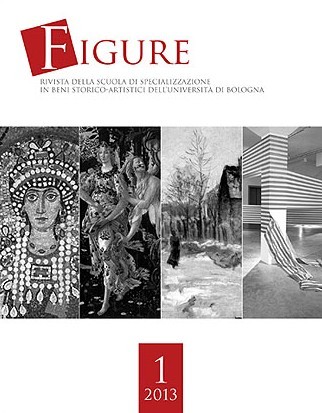The performative dimension of the memory: Berlins’ monuments after the fall of the wall
DOI:
https://doi.org/10.6092/issn.2038-6184/4072Abstract
The paper analyzes some architectural projects performed in Berlin after the fall of the Wall. All the realizations have had as its object the theme of memory: the Jüdisches Museum by Daniel Libeskind, the Denkmal für die ermordeten Juden Europas of Peter Eisenman and Richard Serra, and the under construction Memorial entitled Bürger in Bewegung of Milla und Partner and Sasha Waltz. In each of the examples, the overcoming of the traditional typical celebratory and explanatory forms of the classically intended monument, has been found in favour of a remembrance idea that, if tends to be more tangible and concrete on one side; on the other introduce, in the same memorial dimension, the most evanescent and nuanced path of the performative experience.
Downloads
Published
How to Cite
Issue
Section
License
Copyright (c) 2013 Giulia De' Lorenzis
This journal is licensed under a Creative Commons Attribution 4.0 International License (full legal code).
See also our Open Access Policy.





